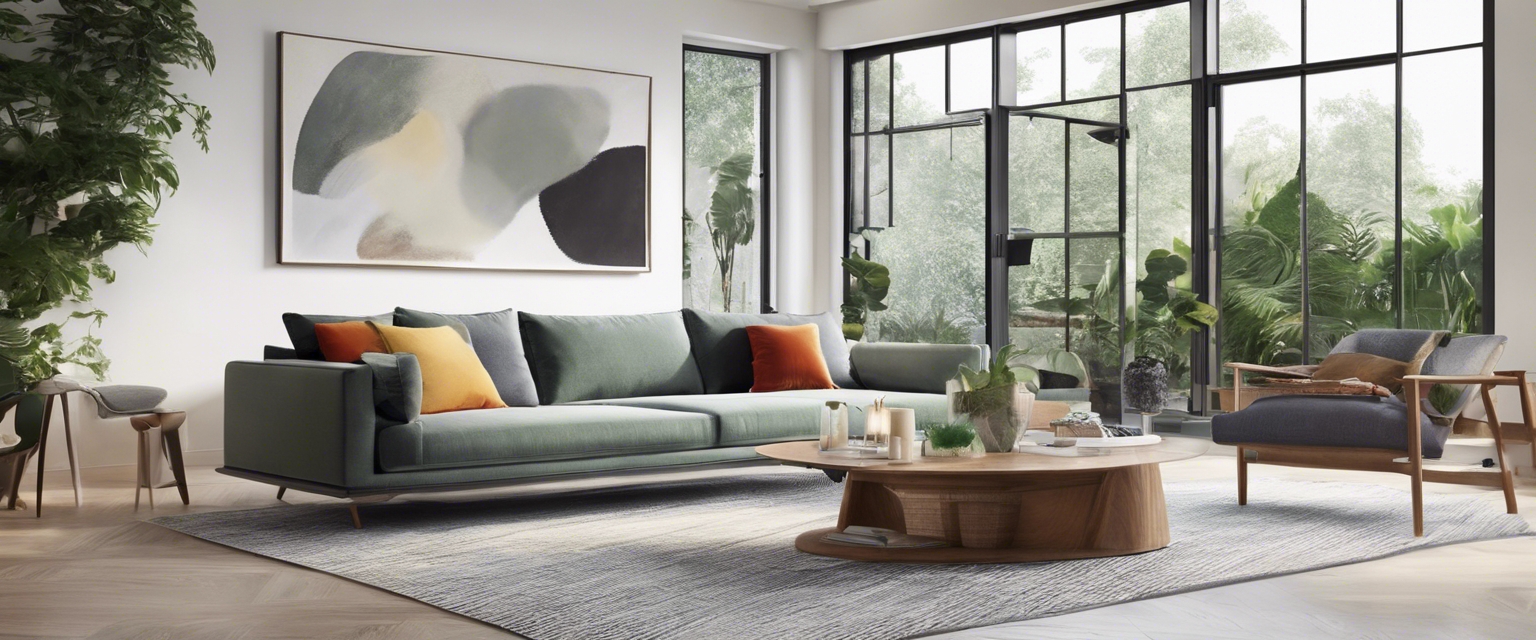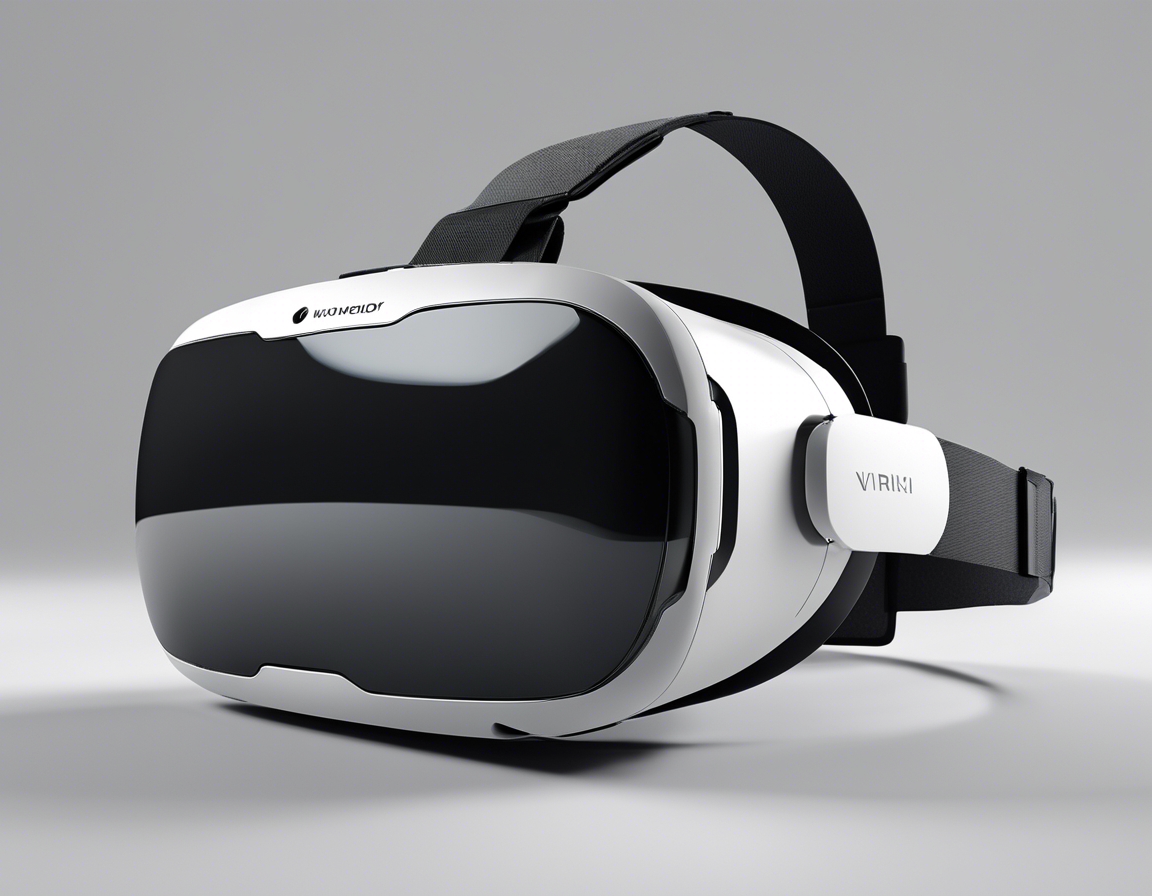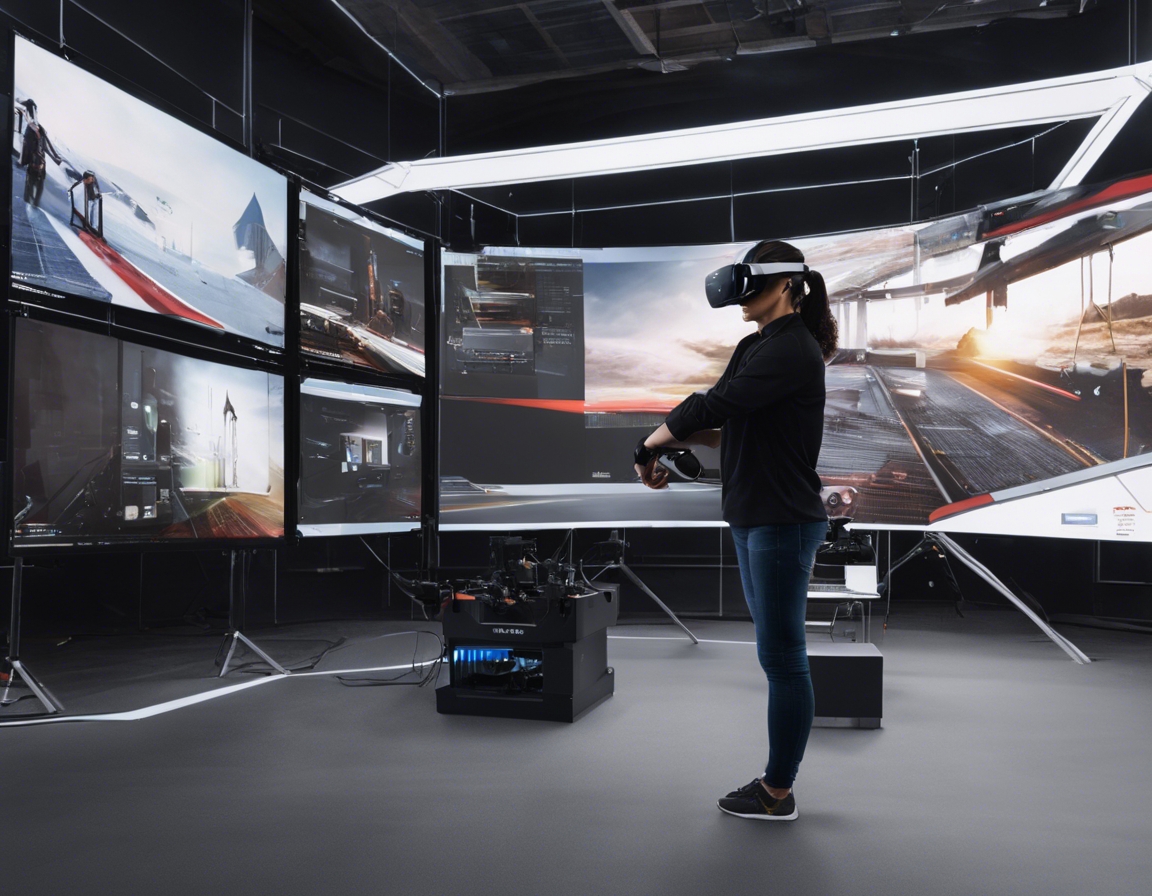The future of design: vr in architecture
Virtual Reality (VR) is revolutionizing the way architects design, visualize, and communicate their projects. By creating immersive 3D environments, VR enables designers to step inside their creations, offering a new perspective that traditional 2D blueprints and renderings cannot provide.
Architectural visualization has come a long way from hand-drawn sketches to advanced computer-generated imagery. Today, VR is the next frontier, providing an unparalleled level of detail and realism.
At its core, VR involves the use of computer technology to create a simulated environment that can be explored and interacted with in a seemingly real way. This is achieved through headsets and motion tracking technology.
The Impact of VR on Architectural Design
VR allows architects and clients to experience a space before it's built, offering a true-to-life understanding of scale, texture, and light.
With VR, multiple stakeholders can collaborate in the same virtual space, regardless of their physical location, making the design process more efficient and inclusive.
Identifying design issues early through VR simulations can save significant costs and reduce the risk of errors during construction.
VR as a Tool for Client Engagement and Marketing
VR enables clients to provide immediate feedback on designs, which can be adjusted in real-time, enhancing client satisfaction and engagement.
Developers can use VR to create compelling marketing materials, allowing potential buyers to experience properties before they are constructed.
Integrating VR with Other Technologies
Integrating VR with BIM technology allows for a more comprehensive analysis of building designs, including structural integrity and energy efficiency.
AI can enhance VR experiences by enabling more intelligent and adaptive environments that respond to user interactions.
Combining AR with VR, architects can overlay virtual designs onto physical environments, providing a unique way to visualize renovations and additions.
Challenges and Considerations
Despite its potential, VR technology still faces technical challenges that can affect the user experience, such as resolution and latency issues.
The cost and complexity of VR technology can be barriers to widespread adoption, particularly for smaller firms.
As VR technology continues to advance, we can expect to see more intuitive interfaces, better integration with design software, and increased accessibility for professionals across the architecture industry.






Comments (0)